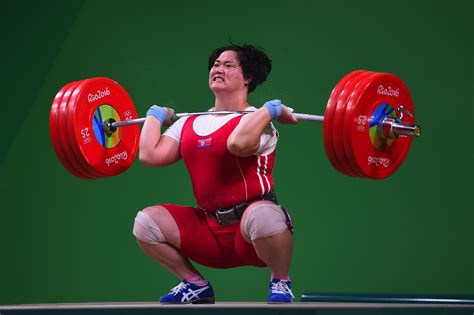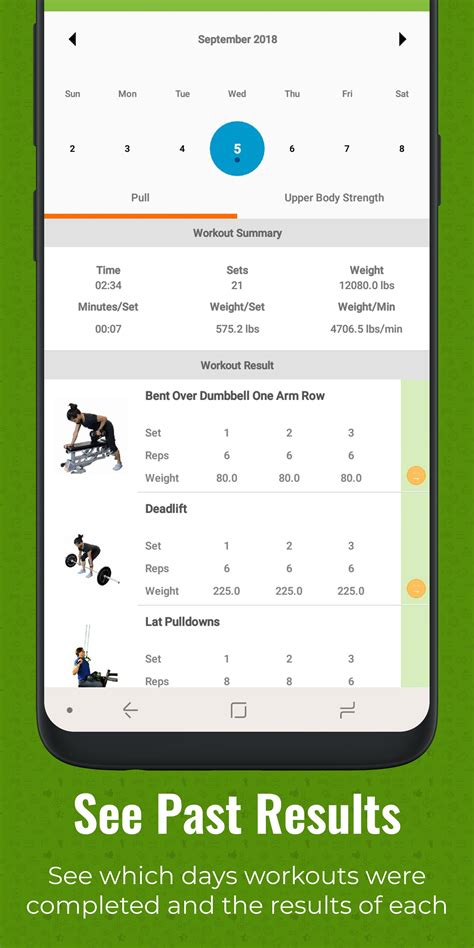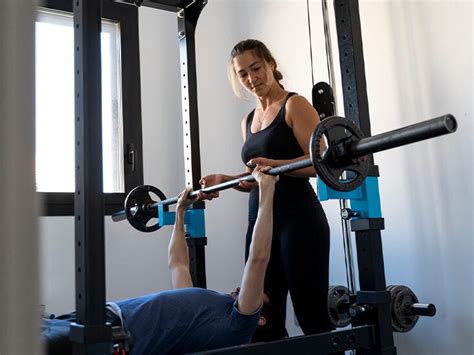What advanced training method breaks strength plateaus for consistent peak performance?

Conquering the Strength Plateau: Evolving Your Training
Every dedicated lifter eventually encounters the frustrating wall known as a strength plateau. What once led to consistent gains now yields stagnation, leaving many questioning their methods. While basic progressive overload – simply adding more weight or reps – is the foundation of strength development, reaching true peak performance and continuously breaking new ground demands a more sophisticated and dynamic approach.
The key isn’t just to work harder, but to work smarter, integrating advanced training methodologies that manipulate variables beyond simple load and volume. These methods are designed to strategically stress the body, adapt to its responses, and optimize recovery, paving the way for consistent, long-term progress.

Understanding Why Plateaus Occur
Plateaus aren’t a sign of failure; they’re an indicator that your body has adapted to your current training stimulus. Your muscles, nervous system, and connective tissues have become efficient at handling the demands you place on them. To force further adaptation and growth, the stimulus must change. Common reasons for plateaus include:
- Lack of Variation: Performing the same exercises, sets, and reps week after week.
- Insufficient Recovery: Overtraining or not allowing enough time for muscles to repair and grow.
- Nutrition Deficiencies: Not consuming enough calories or macronutrients to support recovery and growth.
- Nervous System Fatigue: Repeatedly pushing maximum effort without adequate deloads.
The Power of Periodization: Structured Variation
One of the most effective advanced strategies for breaking plateaus is periodization. This involves systematically varying training variables (intensity, volume, exercise selection, frequency) over specific cycles to prevent adaptation, manage fatigue, and optimize performance peaks. Instead of a linear progression, periodization introduces planned fluctuations.
Types of Periodization:
- Linear Periodization: Gradually increasing intensity (weight) while decreasing volume (reps/sets) over several weeks or months.
- Undulating Periodization (DUP): Varying intensity and volume on a daily or weekly basis (e.g., heavy day, moderate day, light day).
- Block Periodization: Dividing training into distinct blocks, each with a specific focus (e.g., hypertrophy block, strength block, power block).

Autoregulation: Listening to Your Body
While periodization provides a framework, autoregulation allows for day-to-day adjustments based on your readiness. Tools like Rate of Perceived Exertion (RPE) and Reps In Reserve (RIR) enable you to modify your workout intensity and volume in real-time. If you feel great, push a little harder; if you’re fatigued, dial it back. This adaptive approach ensures optimal stimulus without leading to overtraining.
Strategic Deloads and Active Recovery
Often overlooked, planned deloads are crucial for long-term progress. A deload week, typically involving reduced volume and/or intensity, allows your central nervous system to recover, repairs microtrauma, and resensitizes your body to training. Active recovery, such as light cardio or mobility work, also aids blood flow and reduces soreness, facilitating faster return to peak performance.

Advanced Intensity and Volume Techniques
Beyond periodization and autoregulation, specific techniques can be integrated into your program for targeted overload:
- Cluster Sets: Performing a set with short intraset rests (e.g., 5 reps broken into 3+2 with 10-15s rest) to lift heavier loads for more total reps.
- Rest-Pause: Reaching failure on a set, resting briefly (10-20 seconds), then performing a few more reps.
- Drop Sets: Performing a set to failure, then immediately reducing the weight and continuing with more reps.
- Supersets/Giant Sets: Combining multiple exercises with minimal rest, often for different muscle groups or opposing movements, to increase metabolic stress and density.

Integrating for Consistent Peak Performance
The most successful advanced training methods often combine several of these principles. A block periodized program might incorporate autoregulation via RPE/RIR, strategically placed deloads, and specific intensity techniques during certain phases. For example, a strength block might focus on heavy, low-rep sets with cluster training, followed by a hypertrophy block utilizing higher volume and drop sets.
Ultimately, breaking strength plateaus isn’t about finding a single magic method, but rather intelligently manipulating training variables to provide novel stimuli, optimize recovery, and adapt to your body’s changing needs. Experiment with these advanced strategies, track your progress meticulously, and be patient – consistent peak performance is a marathon, not a sprint.









